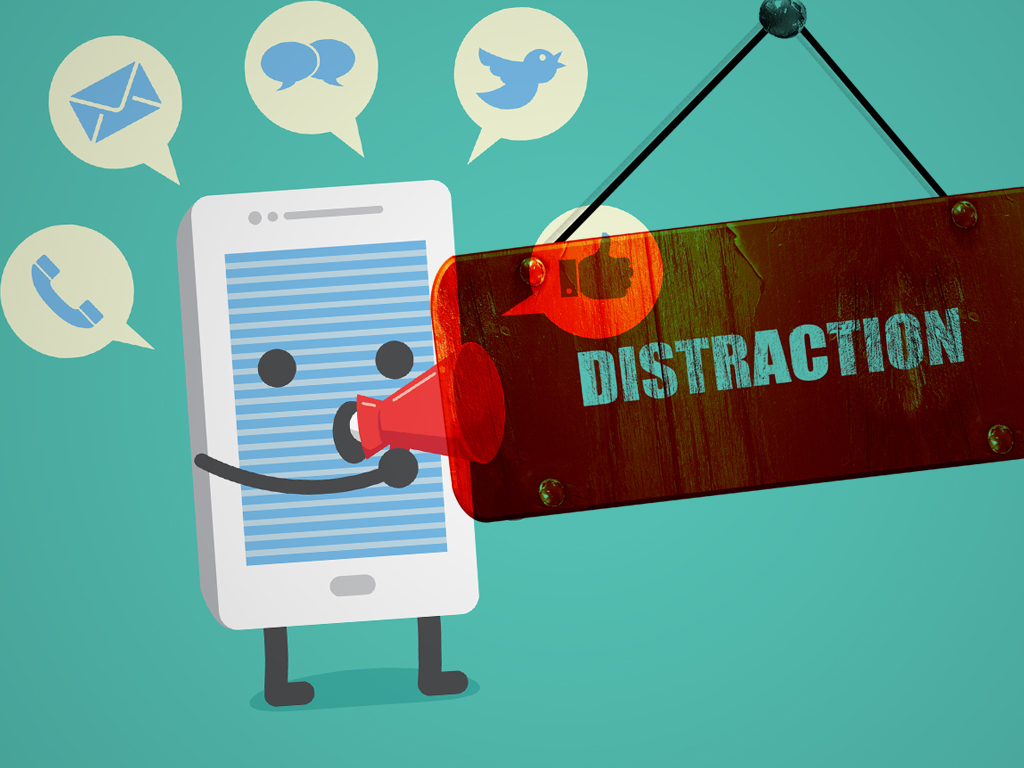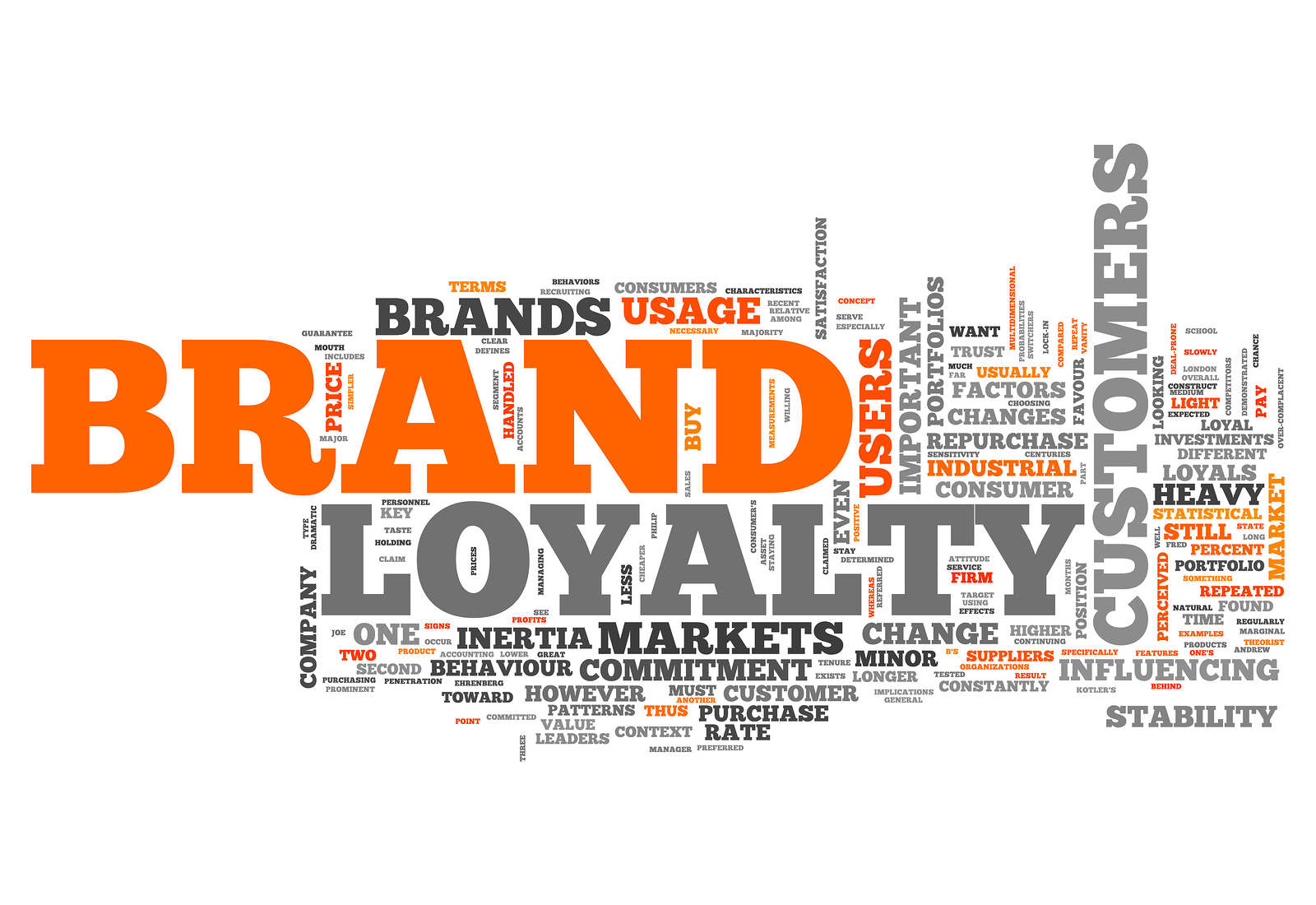It is getting increasingly difficult to reach consumers with advertising while they watch TV, which highlights the obligation of brands to create content that is relatable, funny, contains good audio, and is on multiple screens. That’s according to a new study from AOL.
Earlier this year, Deloitte’s Digital Democracy Survey found 86 percent of consumers are multitasking while they watch TV.
In addition, Deloitte said less than one-quarter of these multitasking activities are directly related to the programs consumers are watching.
In other words, consumers are distracted while they watch TV.
In a more recent study, AOL, which says it wanted to “quantify the impact diverted attention has on advertising,” found this so-called distracted viewing has a profound impact on advertisers.
One such effect: distracted viewing reduces brand recall by more than half. Less than a quarter of viewers could remember a brand’s ad when distracted by another connected device while watching TV, which was the worst performing platform, according to AOL.
In addition, AOL found lower recall makes it more difficult to shift brand attitudes and it makes it much harder for brands to influence purchase decisions. What’s more, AOL says Generation Y is more likely to get distracted when consuming video content than other demographics. As a result, it takes 148 impressions in primetime TV to have the same ROI as 100 impressions in short-form video content, according to AOL.
The study also found women are more distracted than men.
“Women just multitask more,” said Cortney Henseler, director of consumer insights at AOL. “We are very adept at doing that and doing more multi-tasking is the main reason we need more impressions from TV.”
So what does this mean for brands?
Alma Derricks, director at Deloitte, was optimistic in the earlier study.
“Even with so much fragmentation in the market, there’s an enormous opportunity to capitalize on these behaviors and create offerings that engage consumers in new, meaningful ways,” Derricks said.
For its part, AOL says measurement methods need to adapt to fragmented attention.
Conveniently, AOL says it has developed “the first system for measuring this effect called the Video Ad Attention Index,” or what it calls “the first concerted, scientific, survey-based effort to measure and tackle this very real issue for marketers and advertisers.”
According to Henseler, “The metric is meant to be a living, breathing tool…[that is] a very interesting way to quantify what that impact is to consumers when we think about all that multitasking.”
In addition, Henseler says brands need to understand that distracted viewing happens and use a tool like this AOL metric to think about how they communicate with consumers and “what they can do to try to push through the distraction and get awareness,” she says. “We do know anecdotally that if it’s things that consumers are interested in, they will pay more attention,” although she acknowledges that’s a difficult thing for brands to necessarily know.
However, she also notes that when consumers are multitasking, audio can help trigger them in.
“If it’s really great, engaging [or] funny music, it can draw [consumers] back into the ad itself,” Henseler notes. But, again, she notes it’s “really subjective to the consumer.”
To wit: In the AOL study, 50 percent of respondents said music in ads gets their attention on TV and 75 percent of respondents said humor gets their attention.
In addition, she says tablets and smartphones are less impacted by distraction overall because they are “more personal and closer to your face.”
In other words, targeting multiple screens can also help brands cut through the noise. Certain TV programming, such as live sports, is also not as impacted by distractions as other shows.
“It’s hard to blanketly say, ‘Spend less [on TV],’” Henseler says. “But this does show that TV is not as effective as other mediums and it is something to think about – to diversify the mix of screens and get the most value from ad value. The more places [a brand has] to diversify where it communicates to consumers, the better.”


